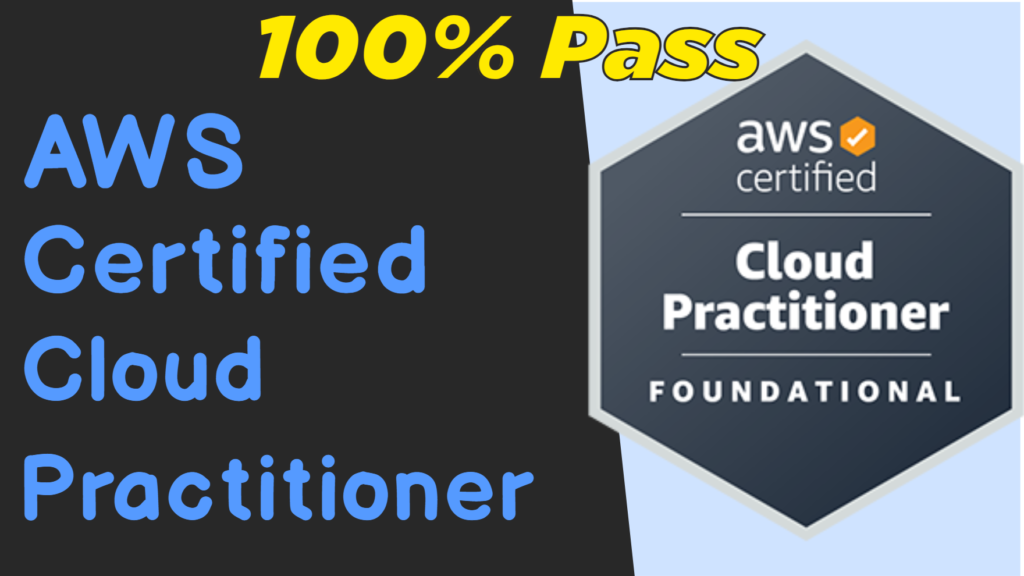Welcome to the world of AWS, or Amazon Web Services! As a beginner, it can be overwhelming trying to navigate all the different services and features offered by AWS. But don’t worry, we’re here to help you understand the basics and get started with AWS.
Compute Services:
One of the core offerings of AWS is its compute services. This includes options for hosting virtual servers, containers, and functions. The most popular compute service is Amazon Elastic Compute Cloud (EC2), which allows you to launch and manage virtual servers in the cloud. EC2 is highly customizable, allowing you to choose the operating system, CPU, memory, and storage options that best fit your needs.
Storage Services:
In addition to compute services, AWS also offers a range of storage options. This includes Amazon Simple Storage Service (S3), which is a highly durable and scalable object storage service. S3 is perfect for storing and retrieving large amounts of data, such as images, videos, and documents. AWS also offers block storage options with Amazon Elastic Block Store (EBS) and file storage with Amazon Elastic File System (EFS).
Network & Content Delivery Services:
AWS also offers a range of network and content delivery services to help you deliver your applications and content to users around the world. This includes Amazon CloudFront, a content delivery network that speeds up the delivery of static and dynamic content. AWS also offers a range of load balancing and VPN options to help you manage traffic and secure your applications.
Database Services:
AWS offers a range of database options to help you store and manage your data. This includes Amazon Relational Database Service (RDS), which is a fully managed database service that makes it easy to set up, operate, and scale a relational database. AWS also offers a range of NoSQL databases, including Amazon DynamoDB and Amazon DocumentDB.
IAM:
AWS Identity and Access Management (IAM) is a service that helps you securely control access to your AWS resources. IAM lets you create and manage users, groups, and permissions, allowing you to set fine-grained access controls for your applications and resources.
Security:
Security is a top priority at AWS, and the company offers a range of services to help you secure your applications and data. This includes Amazon GuardDuty, a threat detection service that uses machine learning to identify and alert you to potential threats, and Amazon Macie, a data security service that helps you discover and protect sensitive data. Also, there are services like AWS Shield, which protects against DDoS attacks, and AWS Config, which helps you track changes to your resources.
Developer Services:
AWS offers a range of developer services to help you build and deploy applications in the cloud. This includes Amazon CodePipeline, a continuous delivery service that helps you automate your build, test, and deployment process, and Amazon CodeBuild, a fully managed build service that lets you build and test your code in the cloud.
AI & ML:
AWS offers a range of artificial intelligence and machine learning services to help you build intelligent applications. This includes Amazon SageMaker, a fully managed machine learning service that makes it easy to build, train, and deploy machine learning models, and Amazon Rekognition, a deep learning-based image and video analysis service. Also, Amazon Lex, which lets you build chatbots and voice-enabled applications.
Application Services:
AWS also offers a range of application services to help you build and run your applications in the cloud. This includes Amazon API Gateway, which lets you build, deploy, and manage APIs, and Amazon AppSync, which is a fully managed GraphQL service that helps you build real-time and offline applications. Also, there are services like Amazon SNS (Simple Notification Service) for sending notifications, Amazon SES (Simple Email Service) for sending emails, and Amazon SQS (Simple Queue Service) for messaging.
Management Services:
AWS Management Services help you manage your resources and services on the cloud. This includes tools like AWS CloudFormation, which allows you to automate the creation of your infrastructure, and AWS Systems Manager, which helps you manage your resources across your organization.
Governance:
AWS Governance Services provide a range of options for managing and optimizing your cloud resources. This includes tools like AWS Organizations, which allows you to manage multiple AWS accounts, and AWS CloudTrail, which helps you track changes to your resources.
Pricing:
AWS offers a range of pricing options to fit your budget and needs. You can choose from pay-as-you-go pricing, where you only pay for the resources you use, or commit to a specific level of usage and get discounted prices with a reservation.
So there you have it – a brief overview of AWS Cloud and its core services. Whether you’re a beginner or an experienced cloud user, AWS has something to offer. Get started today and explore all that AWS Cloud has to offer!
